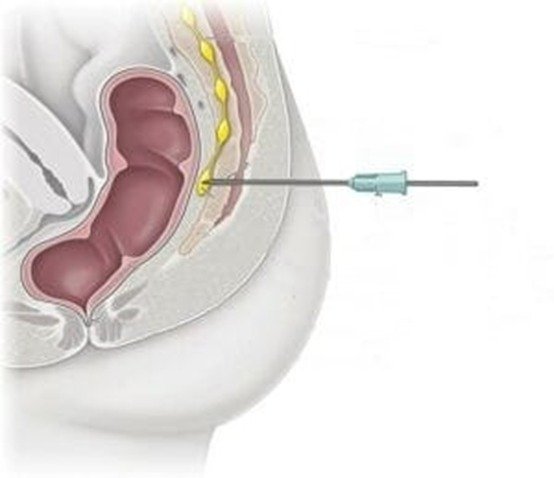Mitigate Pain Clinic – Dr Jeshnu Tople – Pain Management Specialist In Nagpur
Tailbone Pain
Tailbone Pain Treatment


What is Coccydynia (Tailbone Pain)?
Common Causes of Coccydynia
Symptoms of Tailbone Pain (Coccydynia)
Coccydynia manifests through several symptoms, most of which revolve around pain and discomfort in the lower back and tailbone region. Symptoms include:
Pain localized at the base of the spine
Sharp or achy pain when sitting or rising from a seated position
Tenderness and discomfort when pressing on the tailbone area
Increased pain during bowel movements or sexual intercourse
Difficulty sleeping due to pain when lying on the back
Diagnosis of Coccydynia
Treatment Options for Tailbone Pain
Tailbone pain can be effectively managed with the right approach. At Mitigate Pain Clinic, we offer a range of interventional pain management techniques designed to alleviate discomfort and restore function. Here’s how we treat coccydynia:
1. Conservative Treatments
In many cases, conservative treatments can effectively reduce pain and inflammation around the coccyx. These include:
Rest and Lifestyle Modifications: Adjusting daily activities, using a cushioned or doughnut seat, and avoiding long periods of sitting can relieve pressure on the coccyx.
Physical Therapy: Tailbone pain often responds well to physical therapy, which includes exercises to strengthen the muscles around the coccyx and improve posture.
Pain Medication: Pain medicines like NSAIDs can help reduce inflammation and pain.
2. Interventional Pain Management
When conservative treatments are insufficient, Mitigate Pain Clinic offers advanced interventional pain management solutions, such as:
Ganglion Impar Block: This procedure involves numbing the ganglion impar, a nerve structure which supplies the tailbone, providing significant relief from chronic pain.
- Radiofrequency Treatment (RF): RF is a minimally invasive technique that uses thermal energy to target and desensitize nerves responsible for transmitting pain signals from the coccyx.


Prevention Tips for Tailbone Pain
Preventing tailbone pain requires attention to daily habits and physical health. Here are some tips to help avoid developing coccydynia:
Maintain Proper Posture: Ensure you are sitting upright with your back properly supported to prevent undue pressure on the tailbone.
Use Cushioned Seating: Invest in a well-padded seat cushion to reduce tailbone pressure, especially if you sit for long periods.
Exercise Regularly: Strengthening the core and pelvic muscles can help reduce the risk of tailbone pain. Stretching exercises can also improve flexibility and prevent injury.
Manage Weight: Maintaining a healthy weight can reduce pressure on the coccyx, preventing inflammation and discomfort.
How Mitigate Pain Clinic Can Help
At Mitigate Pain Clinic, our mission is to provide comprehensive care for individuals suffering from chronic pain conditions like coccydynia. We specialize in interventional pain management, utilizing advanced techniques to help patients manage pain and regain control over their lives. Our specialist is committed to developing personalized treatment plans that target the source of your pain and provide long-lasting relief.
Conclusion
Frequently Asked Questions (FAQs)
Our Treatments
- Joint Pain
- Back Pain
- Sciatica Pain
- Neck Pain
- Hand Pain
- Shoulder Pain
- Foot & Ankle Pain
- Limb Pain
- CRPS Pain
- Cancer Pain
- Headache
- Hyperhidrosis
- Herpes Zoster Pain
- Chronic Pelvic Pain
- Scar Tenderness
- Postherpetic Neuralgia
- Trigeminal Neuralgia
- Peripheral Neuralgia
- Chronic Vascular Pain
- Generalised Body Pain
- Chronic Injury Pain
- Failed Back Surgery Syndrome
- Chronic Post Surgical Pain
- Other Painful Conditions
- Slipped DISC / PIVD